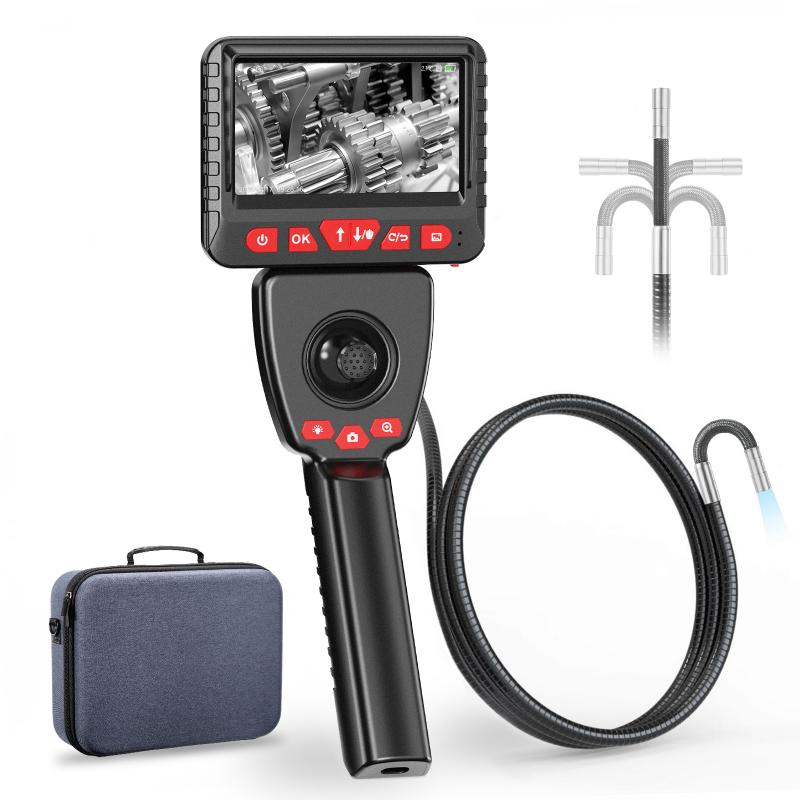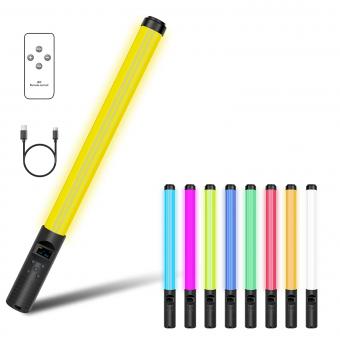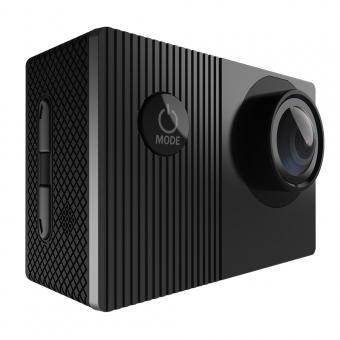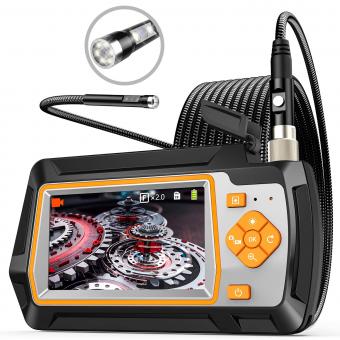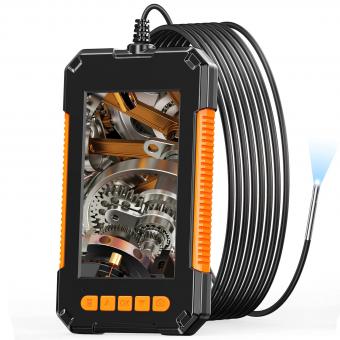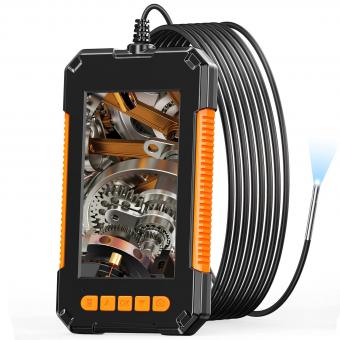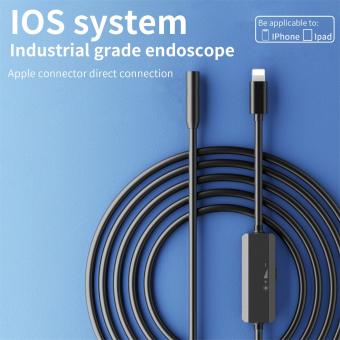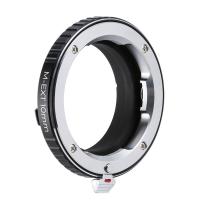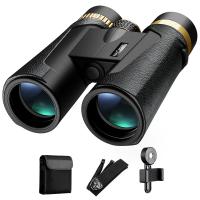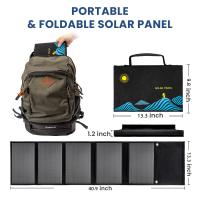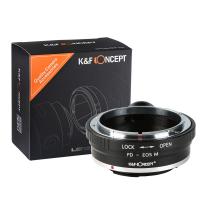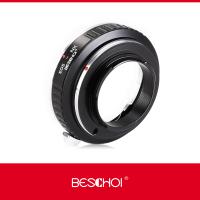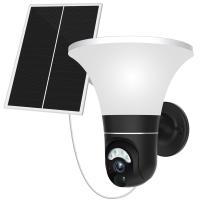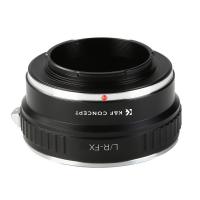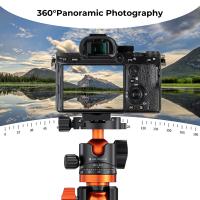How Wide Is An Endoscope Tube ?
The width of an endoscope tube can vary depending on the specific model and purpose. Generally, endoscope tubes have a diameter ranging from 2 to 12 millimeters. The size of the tube is determined by the intended use of the endoscope, with smaller diameters typically used for procedures in narrow or delicate areas of the body, such as the gastrointestinal tract or the nasal cavity. Larger diameter endoscope tubes may be used for procedures in larger body cavities or for surgical interventions. It is important to note that these dimensions are approximate and can vary depending on the manufacturer and specific model of the endoscope.
1、 Diameter of Endoscope Tube
The diameter of an endoscope tube can vary depending on the specific type and purpose of the endoscope. Generally, endoscope tubes range in diameter from 2mm to 20mm. However, it is important to note that advancements in technology have led to the development of smaller and more flexible endoscopes with narrower tubes.
Traditional endoscopes used in medical procedures typically have a diameter ranging from 5mm to 10mm. These endoscopes are commonly used for procedures such as gastrointestinal examinations, bronchoscopy, and arthroscopy. The larger diameter allows for the insertion of various instruments and tools to perform diagnostic and therapeutic interventions.
On the other hand, newer and more advanced endoscopes, such as those used in minimally invasive surgeries, have significantly smaller diameters. These endoscopes, known as "miniature endoscopes," can have diameters as small as 2mm. The smaller size allows for less invasive procedures, reduced patient discomfort, and faster recovery times.
It is worth mentioning that the diameter of the endoscope tube is not the only factor to consider when evaluating the capabilities of an endoscope. Other factors, such as image quality, flexibility, and the presence of additional channels for instruments, also play a crucial role in determining the effectiveness and versatility of an endoscope.
In conclusion, the diameter of an endoscope tube can vary depending on the specific type and purpose of the endoscope. While traditional endoscopes typically have diameters ranging from 5mm to 10mm, advancements in technology have led to the development of smaller and more flexible endoscopes with narrower tubes, some as small as 2mm. These smaller endoscopes offer the potential for less invasive procedures and improved patient outcomes.
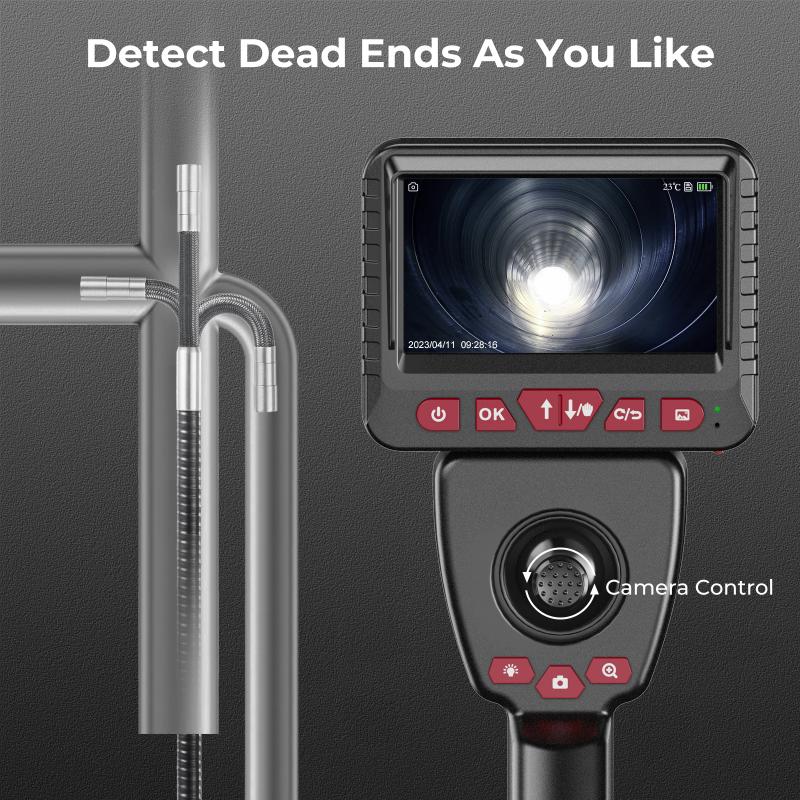
2、 Standard Sizes of Endoscope Tubes
The width of an endoscope tube can vary depending on the specific type and purpose of the endoscope. Endoscopes are medical devices used for visual examination and diagnostic procedures inside the body. They consist of a long, flexible tube with a light source and a camera at the tip, allowing doctors to view internal organs and tissues.
Standard sizes of endoscope tubes typically range from 2.8mm to 12mm in diameter. The choice of tube size depends on the area of the body being examined and the specific procedure being performed. For example, smaller endoscope tubes are commonly used for procedures involving the gastrointestinal tract, such as colonoscopies, while larger tubes may be used for procedures in the respiratory system or other areas of the body.
It is important to note that advancements in technology have led to the development of smaller and more flexible endoscope tubes. This allows for easier insertion and maneuverability within the body, resulting in improved patient comfort and reduced risk of complications. Additionally, miniaturized endoscope tubes have been developed for certain specialized procedures, such as those performed in the ear, nose, and throat (ENT) field.
In recent years, there has been a trend towards the development of ultra-thin endoscope tubes, with diameters as small as 1mm or less. These ultra-thin endoscopes are particularly useful for procedures that require access to narrow or delicate areas of the body, such as the bile ducts or blood vessels.
Overall, the width of an endoscope tube can vary depending on the specific application and technological advancements. The choice of tube size is determined by the medical professional based on the procedure being performed and the patient's individual needs.
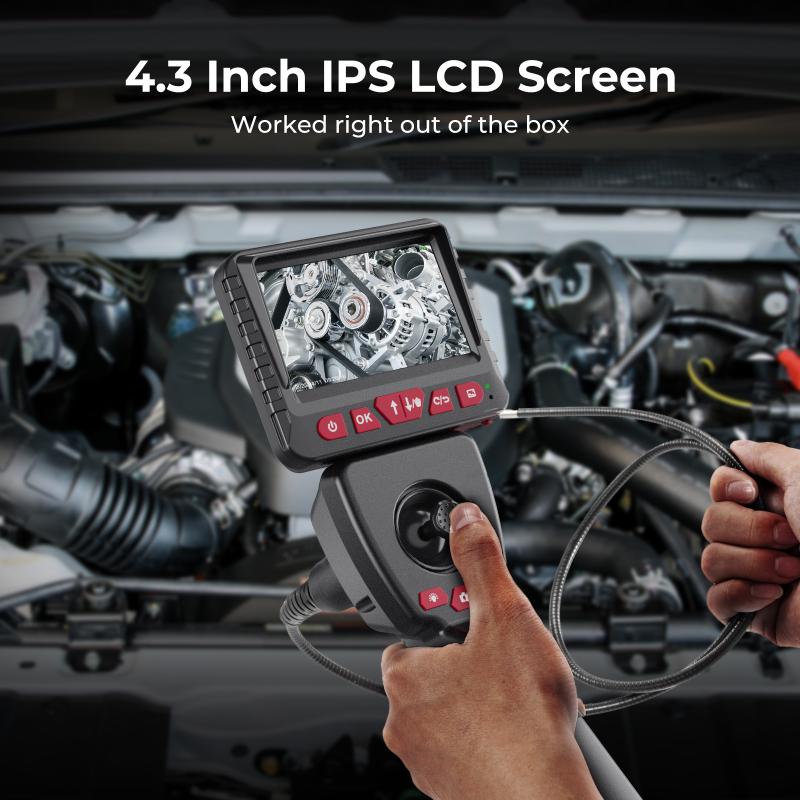
3、 Variations in Endoscope Tube Width
The width of an endoscope tube can vary depending on the specific type and purpose of the endoscope. Endoscopes are medical devices used for visualizing and examining internal organs and cavities of the body. They consist of a long, flexible tube with a light source and a camera at the tip.
The diameter of endoscope tubes typically ranges from 2.8mm to 15mm. The smaller diameter endoscopes are used for procedures that require access to narrow and delicate areas, such as the nasal passages or the urinary tract. On the other hand, larger diameter endoscopes are used for procedures that require a wider field of view, such as gastrointestinal examinations.
Advancements in technology have led to the development of thinner and more flexible endoscope tubes. This allows for easier insertion and maneuverability within the body, reducing patient discomfort and the risk of injury. Additionally, smaller diameter endoscopes can be used in pediatric patients or individuals with narrow anatomical structures.
It is important to note that the width of the endoscope tube is just one factor to consider when choosing the appropriate endoscope for a specific procedure. Other factors, such as image quality, flexibility, and the presence of additional channels for instruments, also play a crucial role in determining the suitability of an endoscope for a particular application.
In conclusion, the width of an endoscope tube can vary depending on the specific type and purpose of the endoscope. Advancements in technology have led to the development of thinner and more flexible endoscope tubes, allowing for easier insertion and maneuverability. The choice of endoscope should be based on various factors, including the width of the tube, image quality, flexibility, and additional channels for instruments.

4、 Advances in Endoscope Tube Design
The width of an endoscope tube can vary depending on the specific design and purpose of the endoscope. However, in general, endoscope tubes are typically quite narrow to allow for easy insertion into the body. The diameter of the tube can range from as small as 1mm to around 12mm.
Advances in endoscope tube design have focused on improving the functionality and performance of these devices. One key area of development has been the miniaturization of endoscope tubes. Smaller diameter tubes allow for less invasive procedures, reducing patient discomfort and recovery time. This has been particularly beneficial in areas such as gastrointestinal endoscopy, where the ability to navigate through narrow passages is crucial.
In recent years, there have been significant advancements in the use of flexible endoscope tubes. These tubes are made of materials that allow for greater flexibility and maneuverability, enabling physicians to access hard-to-reach areas with ease. The development of flexible endoscope tubes has revolutionized the field of minimally invasive surgery, allowing for more precise and targeted procedures.
Another important aspect of endoscope tube design is the incorporation of advanced imaging technologies. High-definition cameras and improved lighting systems have greatly enhanced the visualization capabilities of endoscopes. This enables physicians to obtain clearer and more detailed images, aiding in accurate diagnosis and treatment.
Furthermore, there has been a growing focus on the development of disposable endoscope tubes. These single-use tubes eliminate the risk of cross-contamination and infection, ensuring patient safety. Disposable endoscope tubes also simplify the cleaning and sterilization process, saving time and resources for healthcare facilities.
In conclusion, the width of an endoscope tube can vary depending on the specific application, but advancements in endoscope tube design have focused on miniaturization, flexibility, improved imaging, and the development of disposable options. These advancements have greatly improved the functionality and safety of endoscopes, allowing for more effective and less invasive procedures.
